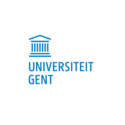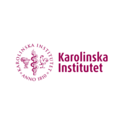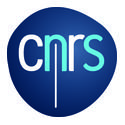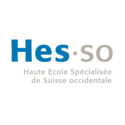In short
Microplastics and nanoplastics (MNPs) are present in the environment and part of our everyday life. They are in the food we eat, the water we drink and the air we breathe, yet we do not know how dangerous they are to human health. To help us understand the effects of micro- and nanoplastics on human health and provide crucial knowledge for legislators, we:
- determine the types and quantitates of MNPs in specific environments
- identify the sorts of contaminants that attach to them
- evaluate where they end up in our bodies after inhaling and ingesting them
- evaluate the exposure to these particles via food, air and water
In particular, Sciensano evaluates the direct exposure to MNPs via food and contributes to the calculations of exposure via air and water. We look for the association of MNP to allergens in order to understand additional risk of the co-exposure. This combined exposure enables us to gain a more holistic view of the MNP fate and risks.
Project description
There is an urgent need to understand the health risks of microplastic and nanoplastic particles (MNPs) that contaminate food and environment. Therefore, a consortium consisting of 12 partners from 8 European countries has been formed. This consortium investigates the complex role of microplastics and nanoplastics combined with environmental contaminants on food safety and human health with a focus on allergy and asthma.
We aim to create a cross-disciplinary platform which can, by designing analytical approaches, determine the extent of the problem in the environment and our health. We do this by evaluating the influence of ingested and inhaled exposure of MNPs contaminated with metals, allergens, pathogenic bacteria and toxins on allergic responses.
To assess MNP prevalence based on size, shape and type, we implement the following strategy:
- Development of a novel combination of tools to identify, extract, characterise, and quantify MNPs
- Examination of selected foods, environmental media, and tissues of exposed animals
- Production and labelling of MNPs for use in a variety of pre-clinical studies to investigate toxicity and responses to MNPs, contaminants and allergens
We plan to use novel stable isotope 13C labelling and detection. This will help to determine MNPs fate and accumulation in:
- The gastrointestinal and respiratory tracts as well as
- Secondary organs after immediate and chronic exposure and
- The effect on allergic immune responses at the cellular and molecular levels.
Additionally, we designed a clinical study to evaluate the influence of MNP exposure in humans.
The outcome of this state-of-the-art project includes
- Novel tools for MNP detection
- Improved understanding of the effects of NMPs combined with critical contaminants in the air, water and food on human health and discovery of predictive biomarkers
- Increased awareness of disease risk in response to MNPs and contaminants
- Improved communication strategies between science and relevant stakeholders and contribution to blue growth and the health-relevant aims of the European Strategy for Plastics in a Circular Economy
- Policy-relevant scientific data in support of improved human health hazard and risk assessment and for response and mitigation policies at the national and EU level for policymakers.
The project fits within the European interest for Better Health and care, economic growth and sustainable health systems. With the generated data we will have a greater understanding of the human exposure to MNPs, their fate and toxicity/allergenicity.
ImpTox is part of the European MNP cluster on human health: CUSP cluster — The European Research Cluster to Understand the Health Impacts of Micro- and Nanoplastics (cusp-research.eu).
Sciensano's project investigator(s):
Service(s) working on this project
Partners













